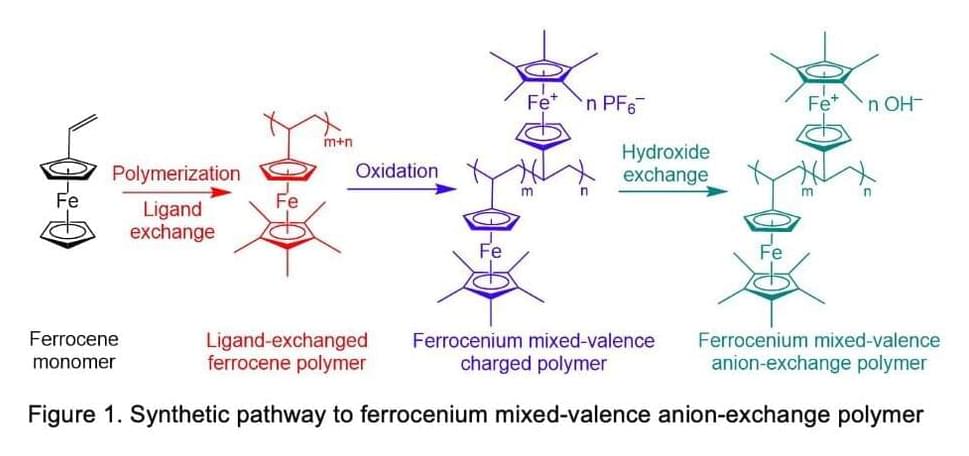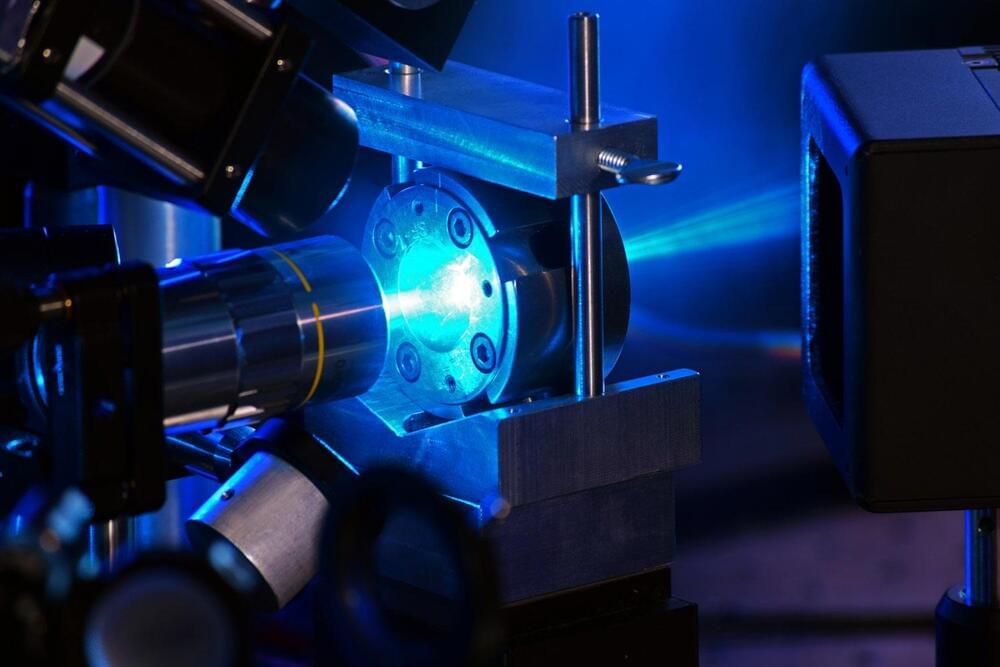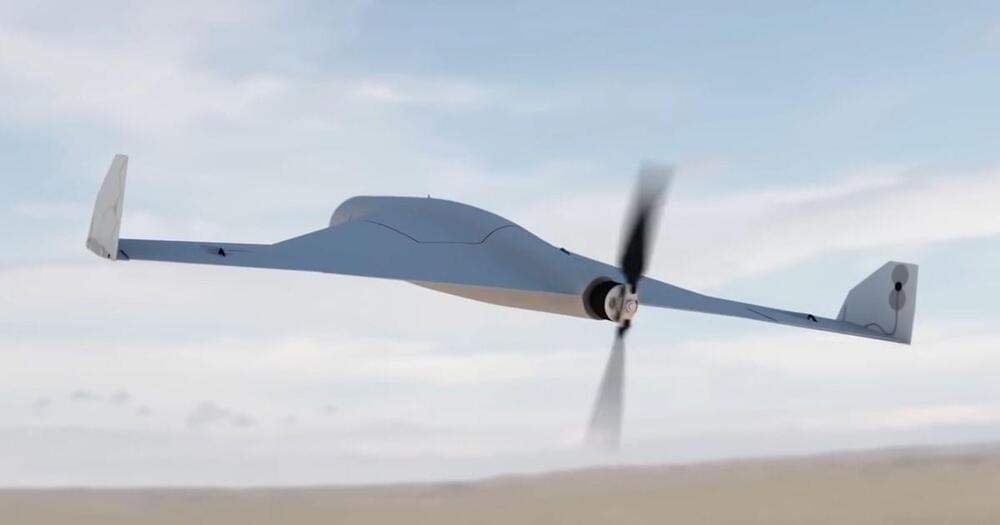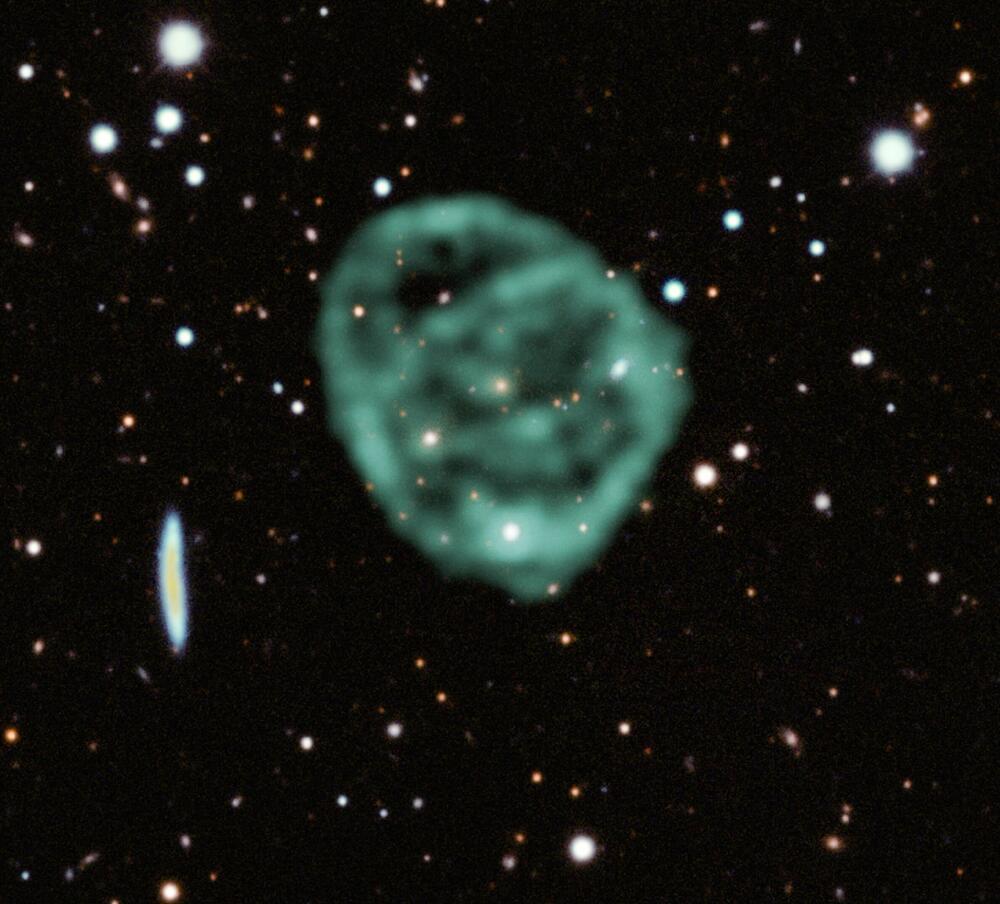Mar 23, 2022
Study suggests how much competition in the urban ride market can grow before gridlock sets in
Posted by Shubham Ghosh Roy in category: transportation
In theory, competition among ride-hailing companies should be a good thing, providing more options for consumers. In practice, having too many ride-hailing vehicles adds to urban congestion. How can cities balance these factors?
A new study co-authored by MIT researchers, in collaboration with the Institute for Informatics and Telematics of the National Research Council of Italy, provides a model that shows the extent to which ride-sharing competition clogs the streets—allowing analysts and policymakers to estimate how many vehicles and firms might form an optimally-sized market in a given metro area.
“What this shows is that by not coordinating ride-hailing companies, we are creating a huge amount of additional traffic,” says Carlo Ratti, a professor in MIT’s Department of Urban Studies and Planning (DUSP) and co-author of a new paper detailing the study’s results. “If cities were to use a platform to coordinate ride-hailing, we could reduce overall congestion and traffic in cities all over the world.”


















